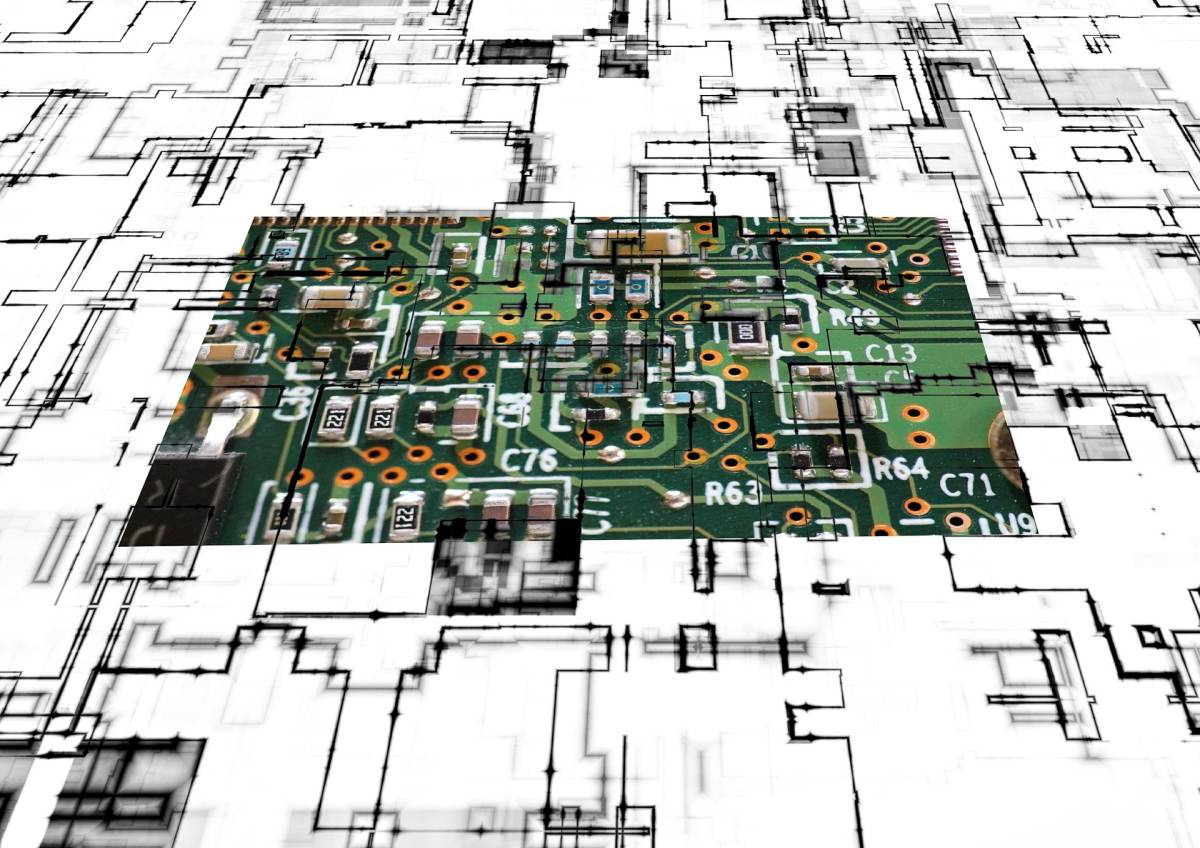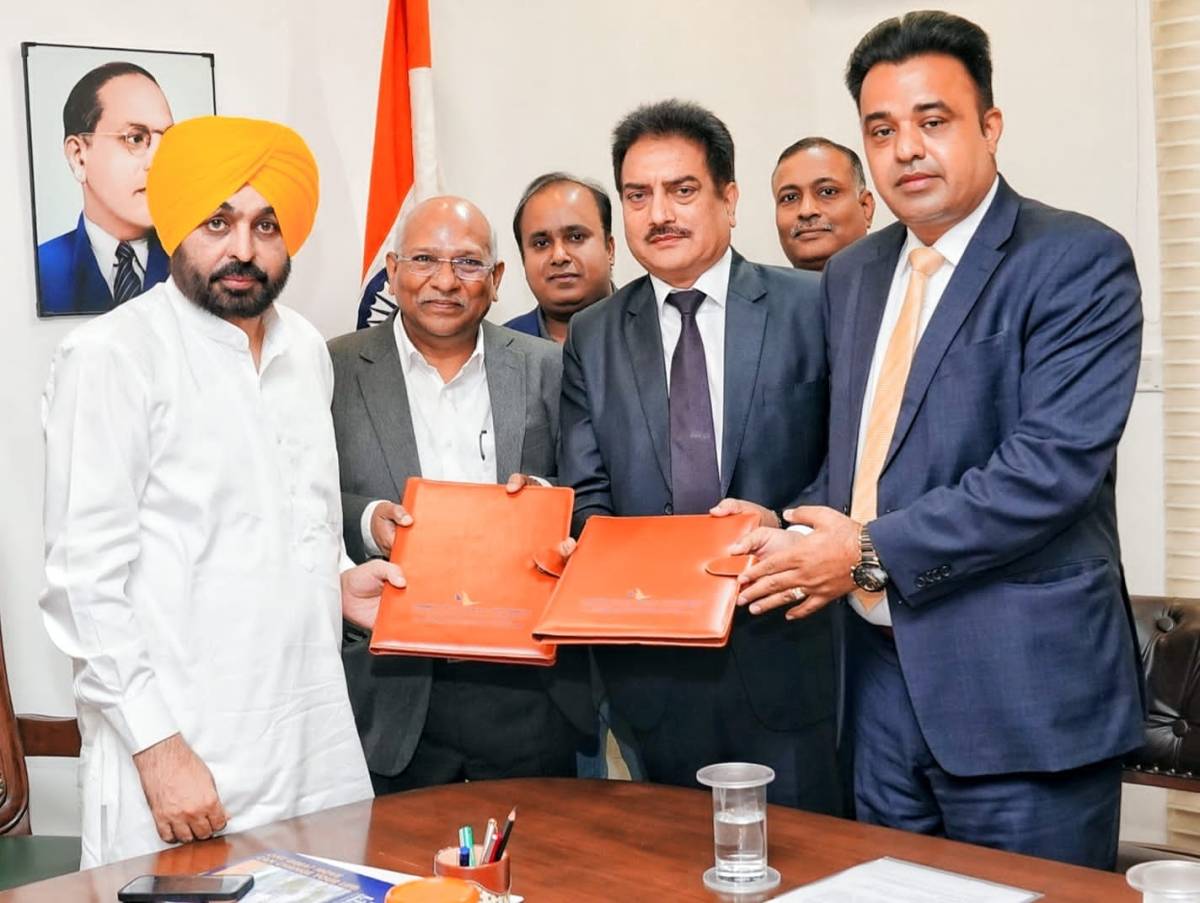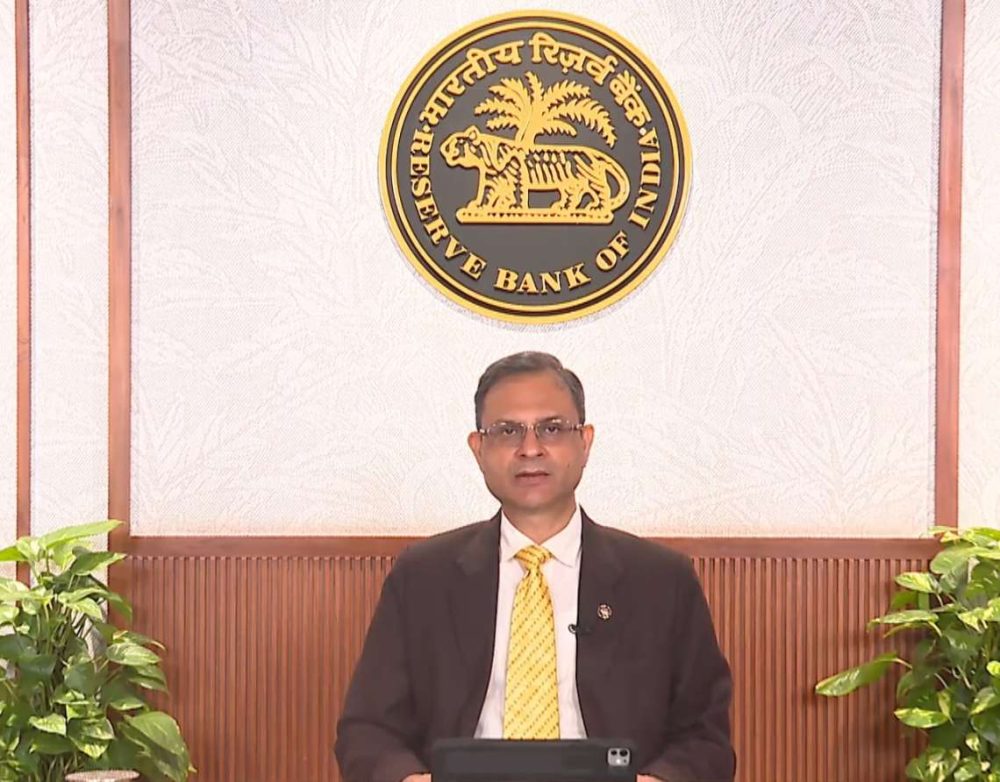IT Minister Ashwini Vaishnaw said the government has received many applications under the Semiconductor India Programme (PLI scheme) and expected the process to take about 15-18 months to complete…reports Asian Lite News
In this technologically connected world, semiconductors play a pivotal role. To give a boost to this particular sector, India recently hosted a big conference. Indian Prime Minister Narendra Modi said India’s own consumption of semiconductors is expected to cross $80 billion by 2026 and $110 billion by 2030.
“We are investing heavily in skilling and training young Indians for the needs of the 21st century. We have an exceptional semiconductor design talent pool which makes up to 20 per cent of the world’s semiconductor design engineers. Almost all of the top 25 semiconductor design companies have their design or R&D centres in our country,” he said at the Semicon India Conference.
“Our ‘Production Linked Incentives’ schemes offer incentives of over $26 billion in 14 key sectors. Over the next 5 years, the electronics manufacturing sector is expected to see record growth. We recently announced Semi-con India Programme with a total outlay of over $10 billion. This programme aims to provide financial support to companies investing in semiconductors, display manufacturing and design ecosystem. We are aware that in order for a semiconductor ecosystem to flourish, it is necessary to ensure adequate support from the Government. Allow me to put our approach in the language of semiconductors itself.”
“While the industry works hard, the government must work even harder. I would like to assure you that we will continue to support the industry in future as well. We have taken care to see that the Semi-con India programme addresses various parts of the ecosystem such as semiconductor fab, display fab, design, assembly, test, marking and packaging of semiconductors,” he added.
The purpose of the three-day Semicon India conference is to kickstart India’s ambition in becoming the global electronics and semiconductor design and manufacturing hub.
Minister of State for Electronics & Information Technology and Skill Development & Entrepreneurship Rajeev Chandrasekhar, in his concluding remarks, said: “These past 3 days have been supercharged, full of energy and brought many promises. Our mission is to bring Prime Minister Narendra Modi’s vision of making India a major player in global semiconductor supply chain. The technology ecosystem leading India into the next wave digital innovation will only be possible with all stakeholders coming together and working relentlessly so that soon we will be able to proudly announce ‘India Inside’ in every ubiquitous technology product.”
IT Minister Ashwini Vaishnaw said the government has received many applications under the Semiconductor India Programme (PLI scheme) and expected the process to take about 15-18 months to complete.
The minister, while addressing the Semicon India 2022 conference in Bengaluru, said by April or May next year, there will be good news for the nation.
“We understand that many countries are offering incentives. But what we offer, along with substantial incentives, is a commitment to create and augment our talent pool by 85,000 semiconductor professionals over the next ten years. These will be industry-ready professionals and we have already tied up with global institutions,” he said.
So far India has received investment proposals from five global Semicon majors to set up semiconductor fab and display fab locally in India. The proposals received so far are to the tune of $20.5 billion in the greenfield segment of display and semiconductor chip manufacturing.
Largest semiconductor display equipment manufacturer in the world, Applied Materials, announced to invest Rs 1,800 crore in India. The company has acquired a large land parcel in Bengaluru, to set up the proposed manufacturing facility.
“Today, semiconductors are an essential part of the DNA of new age gadgets spanning smartphones, laptops, and cars. The post-covid demand growth across sectors has created a sudden splurge in demand for semiconductors which is another supply chain constraint that automotive manufacturers need to prioritize and address,” said Vinay Raghunath, EY India Consulting AMI Leader in an earlier report.
Semiconductor manufacturing is a complex global intertwined ecosystem, which has led to a supply chain that is vulnerable to macroeconomics, geopolitics and natural disasters. Semiconductor companies operate in many different countries and jurisdictions, and each of them have country-specific as well as international laws relating to health and environment regulations.
As the manufacturing process is complex and the ecosystem of players so diverse, there is a flurry of business models with companies targeting scale through market leadership or specialization, the EY stated.
The semiconductor manufacturing process requires very unique, and sometimes scarce raw materials and chemical substances. Due to their unique and specialized character, these tend not to be widely available and can sometimes only be mined in conflict areas. Any disturbance in the supply of these materials has immediate effects on production.
ALSO READ-China shifts policies to control tech giants














